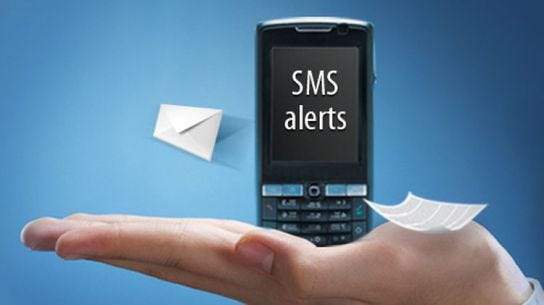In the aftermath of an incident, conducting a thorough post-incident review is essential for understanding what went wrong and how to prevent similar issues in the future. One valuable resource for this analysis is the detailed logging provided by SequelAlert. By utilizing the SMS Notification System logs, organizations can gain insights into the incident’s timeline and impact, facilitating effective root cause analysis. This article explores how SequelAlert logs can enhance post-incident reviews and drive continuous improvement.
The SMS Notification System from SequelAlert captures critical information about alerts sent during incidents, including timestamps, recipients, and message content. This comprehensive logging enables teams to reconstruct the sequence of events leading up to and during the incident, providing a clearer picture of what transpired. By analyzing these logs, organizations can identify patterns and underlying issues that contributed to the incident, paving the way for more effective solutions.
Leveraging SequelAlert logs for root cause analysis involves several best practices. Below, we outline key strategies for using the SMS Notification System logs to inform post-incident reviews and improve incident management processes.
Best Practices for Using SequelAlert Logs in Post-Incident Reviews
- Establish a Clear Timeline: Begin by creating a timeline of events based on the logs from the SMS Notification System. This timeline should include when alerts were sent, who received them, and any actions taken in response. A clear timeline helps the team understand the sequence of events and identify critical decision points.
- Identify Communication Gaps: Review the logs to pinpoint any communication gaps during the incident. Were there delays in alerting key personnel? Did some team members not receive critical notifications? Identifying these gaps can highlight areas for improvement in your incident response protocols.
- Analyze Response Actions: Examine the actions taken in response to the SMS alerts. Did the right individuals respond promptly? Were there any miscommunications or misunderstandings regarding roles? Analyzing these factors can reveal weaknesses in team coordination and help refine roles and responsibilities for future incidents.
- Document Findings and Recommendations: Compile your findings from the log analysis into a comprehensive report. Include recommendations for improving the incident response process, such as updating alert protocols, enhancing training for team members, or investing in additional resources.
- Implement Changes: Use the insights gained from the review to implement necessary changes to your incident management processes. Continuously improving based on past incidents not only strengthens your response capabilities but also fosters a culture of learning within the organization.
Conclusion
Post-incident reviews are a critical component of effective incident management, and leveraging SequelAlert logs from the SMS Notification System can significantly enhance this process. By analyzing the detailed logs, organizations can gain valuable insights into the root causes of incidents, identify areas for improvement, and implement changes that strengthen their overall response capabilities. A proactive approach to post-incident analysis not only mitigates future risks but also promotes continuous improvement within the organization.

